 Continuing our series on crate training, this segment will answer some of the top questions we get when people are considering crate training their dogs or puppies. Our previous posts included why you should consider crate training and the three main steps for crate training your dog. Hopefully by now you know that crate trained dogs don’t view their crates as punishment, but as a refuge in a world that is constantly changing around them. You also know that crate training can be a slow process. That leads us to our first question:
Continuing our series on crate training, this segment will answer some of the top questions we get when people are considering crate training their dogs or puppies. Our previous posts included why you should consider crate training and the three main steps for crate training your dog. Hopefully by now you know that crate trained dogs don’t view their crates as punishment, but as a refuge in a world that is constantly changing around them. You also know that crate training can be a slow process. That leads us to our first question:
How Long Will Crate Training Take?
The answer to this very common question is “It depends.” It depends on your dog’s age, temperament, personality, and any past experiences they may have had in a crate.
It is very important not to rush the process of crate training. Take your time and only proceed when your dog is comfortable with the last step in the training process. If you move too fast, your dog may become anxious or fearful of the crate. The purpose of your dog’s crate is to provide a safe, comfortable environment where your dog can retreat to if they are anxious, scared, or there is too much excitement in the house.
The crate should always be a safe, welcoming and enjoyable environment, which is why you should never use the crate as a tool for punishing bad behavior. Make sure to provide plenty of treats, praise, fun toys, and love while you are crate training. Your dog will learn to enjoy time in the crate and will begin to use it on his own, without you asking him to go to his crate.
The second most common question we hear has to do with whining. Many puppies have this issue in particular and it can be heart wrenching to listen to. Lets talk about some steps to try if your dog is whining while they are inside their crate.
What do I do if my dog is whining?
You never want to let your dog out of the crate when they are whining. This only serves as a “reward” and they’ve now learned that whining will get them out of the crate. Consider first that your puppy may be whining because he needs to go to the bathroom. Calmly take him straight outside to do his business and return him to the crate without any stops along the way.
Read More »
 That Pet Blog That Pet Place Pet Blog
That Pet Blog That Pet Place Pet Blog


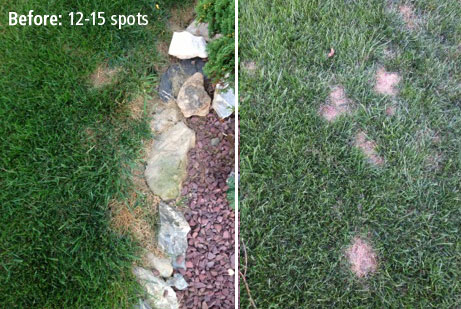
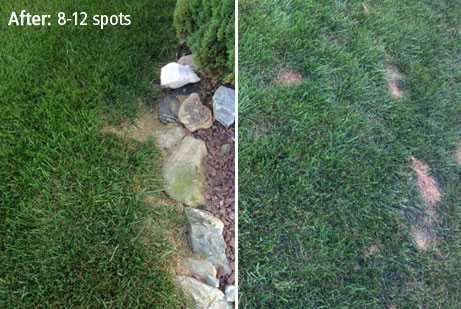
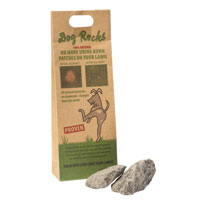


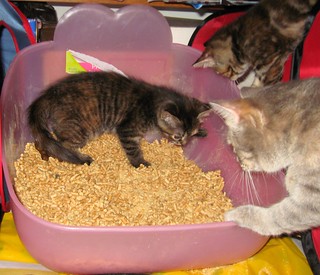
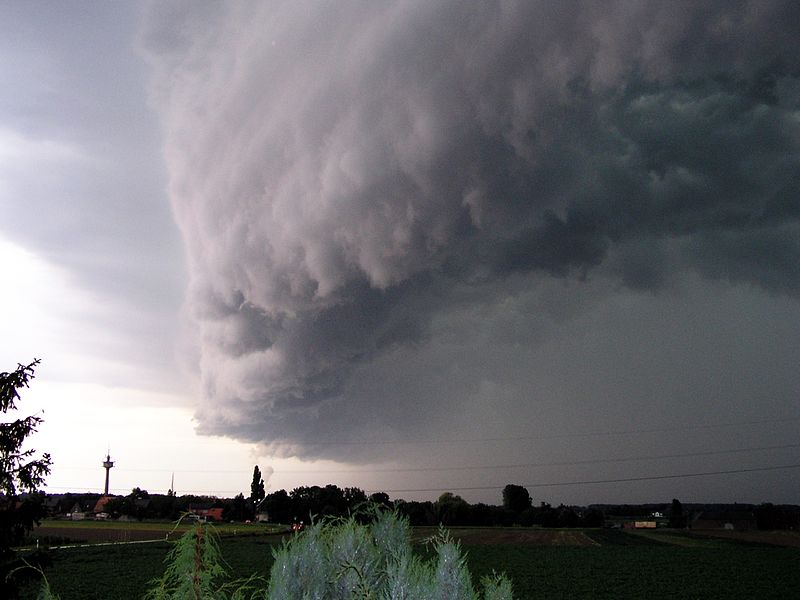
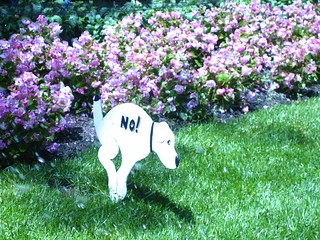
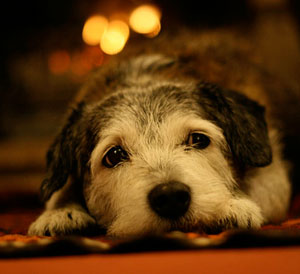
 For those of you following this blog, you may have read some of my previous posts about Gatsby, my incredibly destructive, adopted German Shepherd mix. I’d like to share some of the techniques I used to help curb Gatsby’s destructive tendencies.
For those of you following this blog, you may have read some of my previous posts about Gatsby, my incredibly destructive, adopted German Shepherd mix. I’d like to share some of the techniques I used to help curb Gatsby’s destructive tendencies. When we left off
When we left off  Kongs – I started out using empty marrow bones as makeshift
Kongs – I started out using empty marrow bones as makeshift